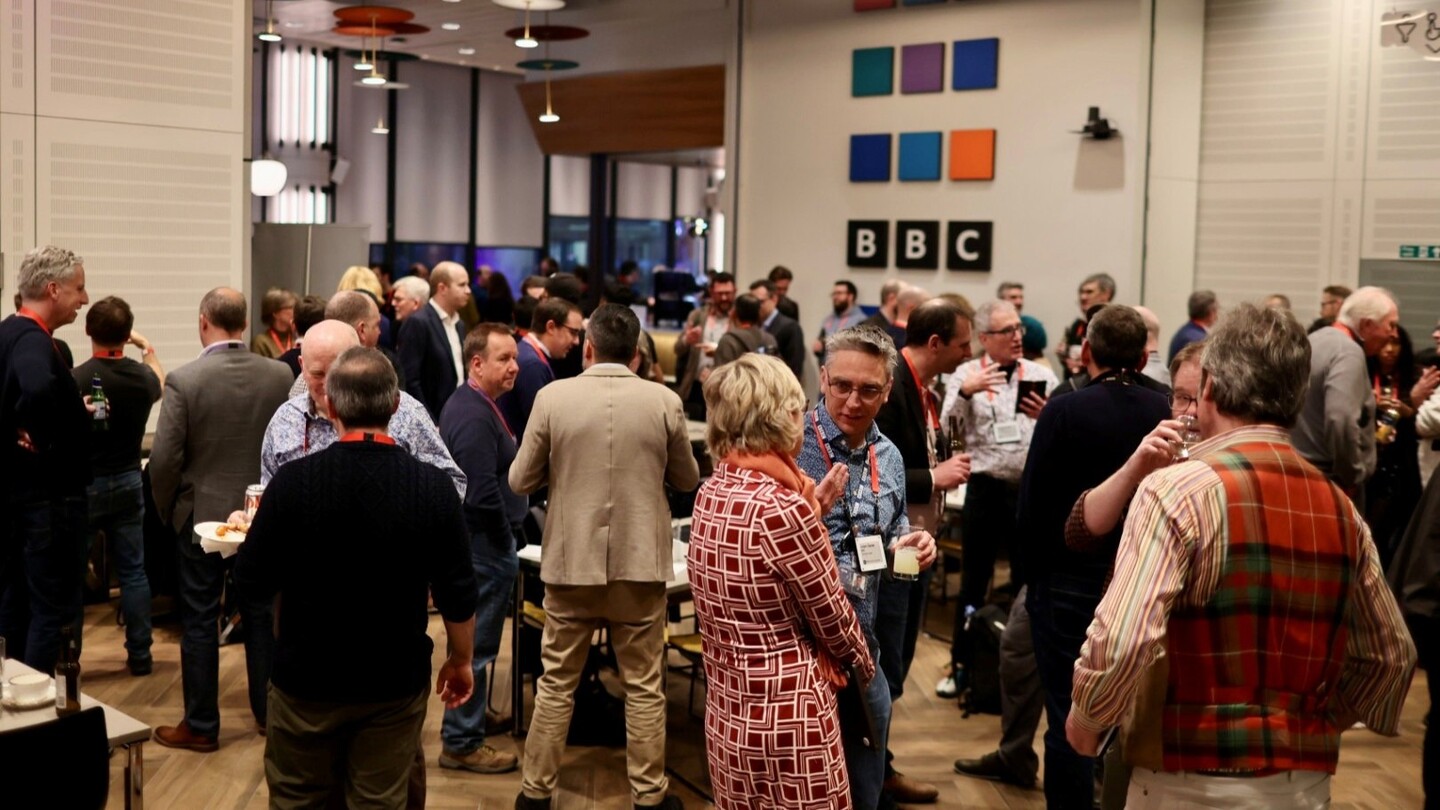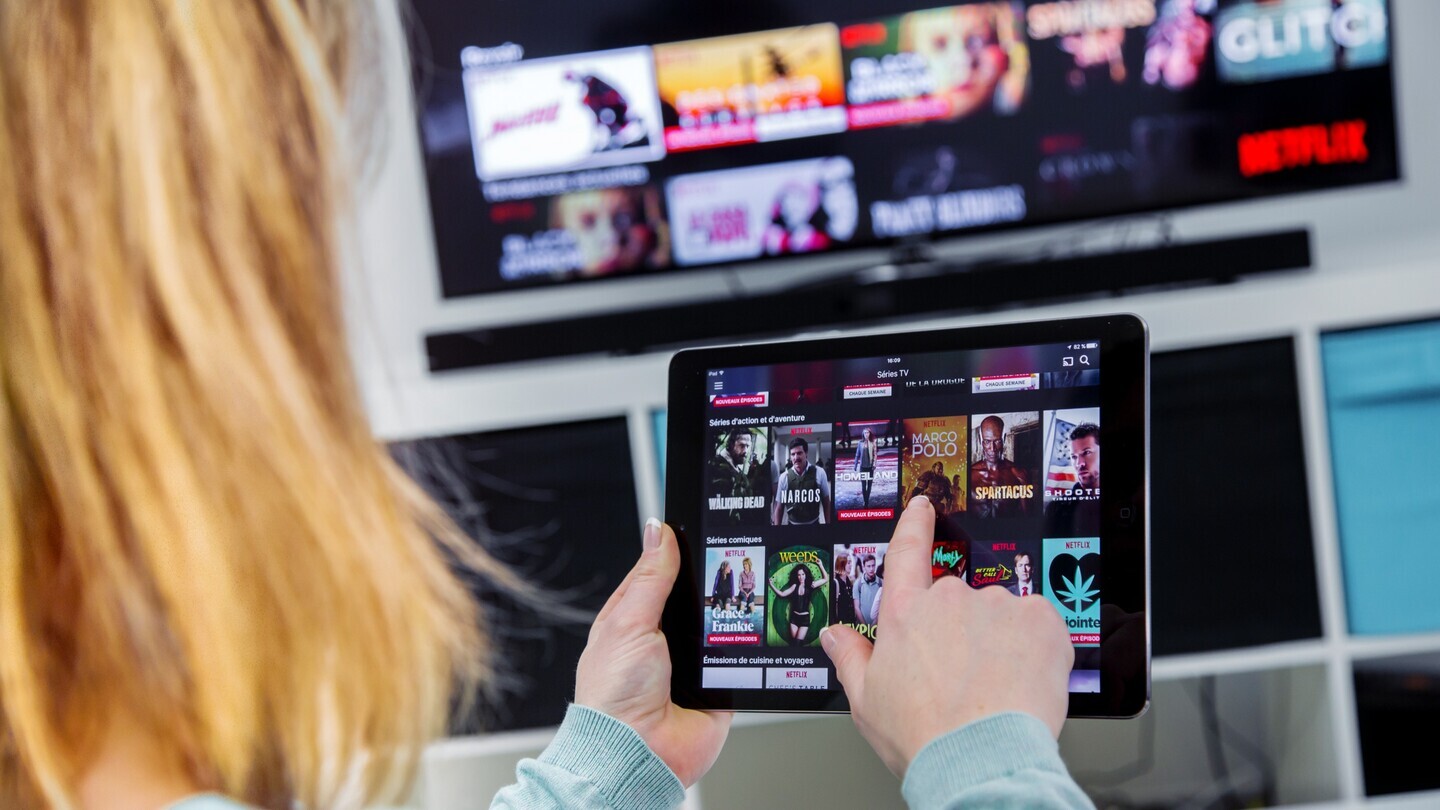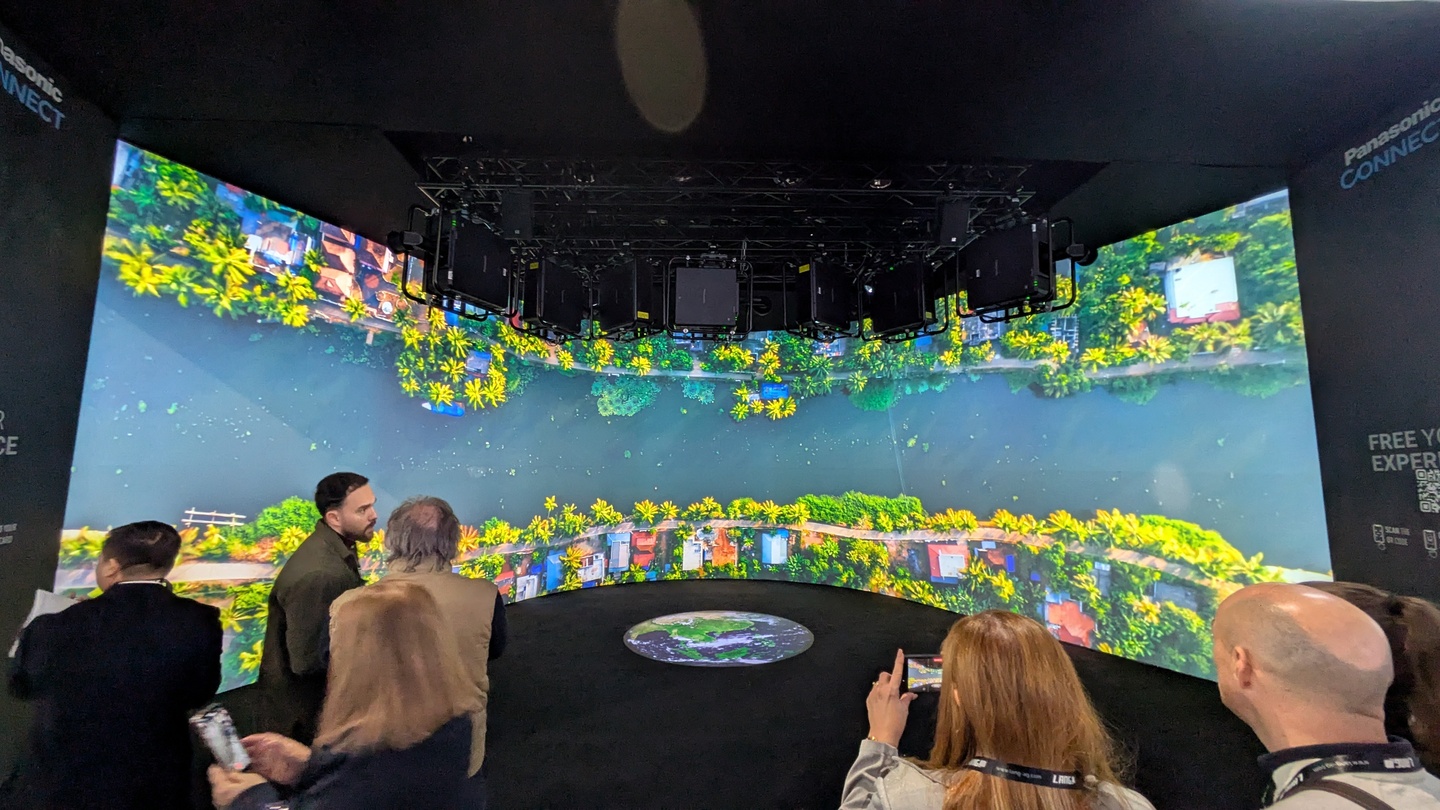Adobe says it has worked closely with professional video creators to advance the Firefly Video Model with a particular emphasis on generative editing, reports Adrian Pennington.
Adobe has progressed its generative AI video product with further tools to enhance the editing process launching in beta.
First previewed earlier this year, the Firefly video model’s capabilities launching in beta this week are designed to help video editors fill gaps in a timeline and add new elements to existing footage.
“Video is hard,” says Alexandru Costin, Vice President, Generative AI and Sensei at Adobe. “We’ve been working on it for a while but we weren’t happy with the quality. Our research department has done wonders to handle 100 times more pixels, 100 times more data using thousands and thousands of GPUs to make sure we master the research. We’re now proud of the quality we’re delivering.”...
You are not signed in.
Only registered users can view this article.

Game changer: Sony rolls out multi-title approach to esports production
The recent PlayStation Tournaments: XP live final was produced and streamed live to PlayStation’s official Twitch and YouTube channels by High Viz Media, with Blackmagic Design workflows powering the way.

Kickstart Day 2025: Programme celebrates power of collaboration on centenary of TV
The IBC Accelerator Kickstart Day 2025 marked the beginning of another year of groundbreaking innovation in media and entertainment technology. John Maxwell Hobbs reports.

From multicast to MAUD: the evolution of MABR
Multicast Adaptive Bit-Rate streaming has been held up as a way for ISPs and content providers to deliver mass-audience streamed content – particularly live events – while ensuring consistency of experience. BT is meanwhile pushing ahead with the rollout of its MAUD variant of the technology.
.jpg)
AI and live production: Experimentation giving way to well-defined applications
Connectivity optimisation, transcription services, and real-time customer support are among the areas of live production where the value of AI-based technologies is increasingly evident, writes David Davies.

ISE2025: Putting the art into artificial intelligence
AI permeated almost every aspect of ISE 2025 but experts and executives were keen to stress AV’s indivisible role in meshing tech with the art of communication.


